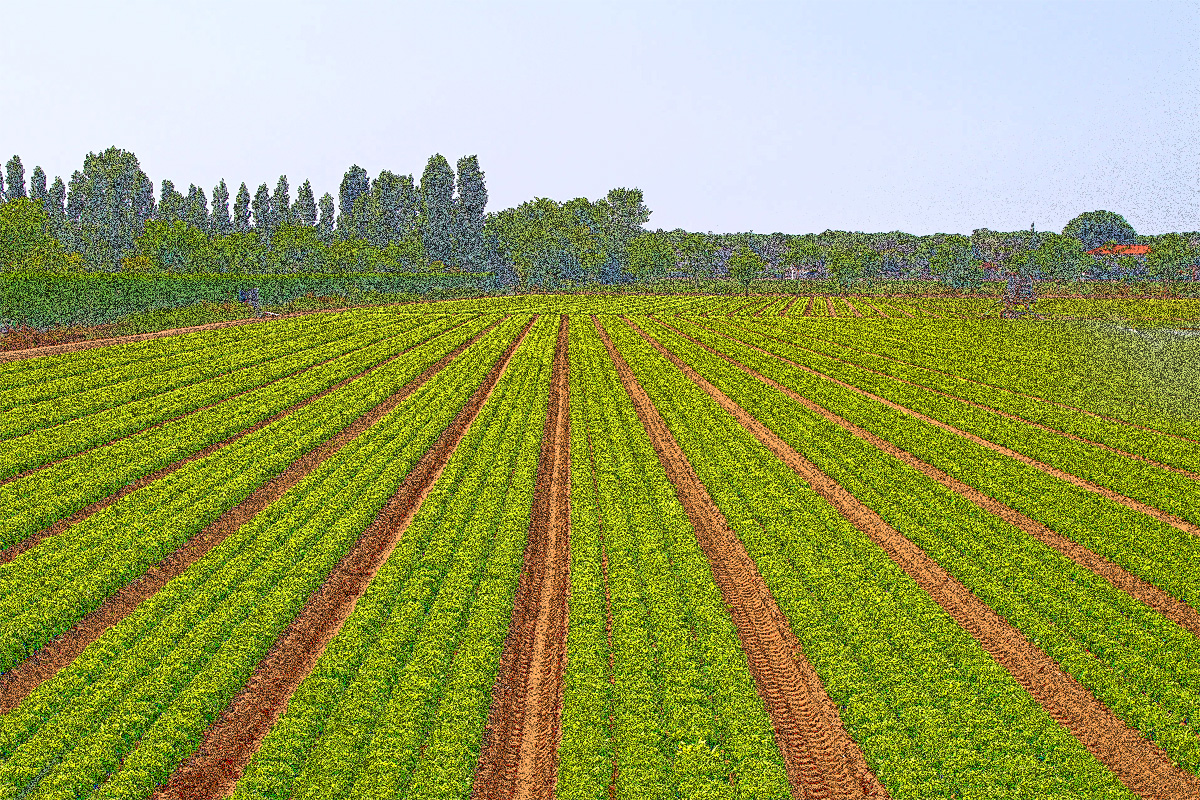Published Fall 2015
I. INTRODUCTION
The mitzvah of shmitta poses many challenges for those who live in Eretz Yisrael. The main challenge, of course, is for the farmers. However, the consumer has his challenges, as well. It is always preferable to purchase produce from stores that have reliable kosher certification to ensure that there are no halachic problems. If there is no such store available, one must be certain not to transgress the laws of shmitta in the purchase, consumption, or interaction with shmitta produce. These are the different categories of halachos that one has to take into consideration:
1. Sfichin
2. Kedushas shevi’is
3. Schora (doing business) with shevi’is produce
4. Dmei shevi’is (shevi’is money)
II. THE POST-SHMITTA ISSUE
The laws of sfichin refer to a rabbinic prohibition of eating produce that started to grow during the shmitta year, [1] i.e., the plant started to grow from Rosh Hashanah תשע״ה until תשע״ו. This is the opinion […]








 STAR-D
STAR-D STAR-S
STAR-S